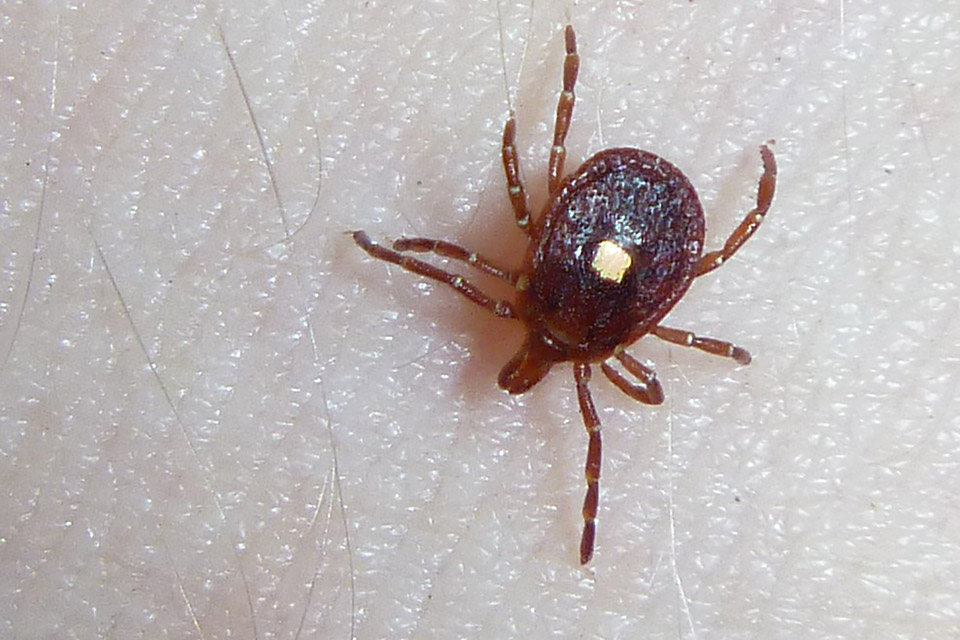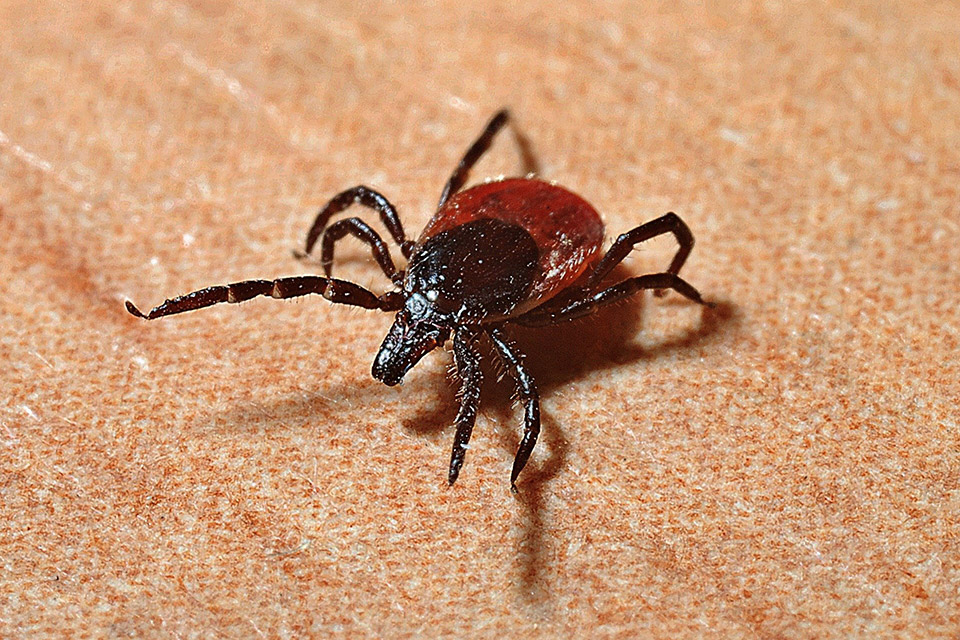Biology & Life Cycle


Habitat
Immature and adult ticks are most likely to be encountered in brushy or wooded areas where hosts are most abundant, but they can also be found in lawns if their hosts are present. By far, the two most frequently encountered ticks in Missouri are the lone star tick and the American dog tick. Both of these ticks are capable of spreading tick-borne diseases like Rocky Mountain Fever and Lyme Disease.
Search for food
Request a Free Pest Inspection
Request a Free Pest Inspection
Or call or text us at 636-297-1335
Or call or text us at 636-297-1335
Management & Eradication
While it is not uncommon to find ticks in suburban or pseudo-wooded areas, most ticks inhabit dense woods and brushy areas with abundant hosts (i.e. wildlife). These areas provide ticks the hosts’ blood they need to survive. Humans walking through these areas are prone to tick infestations. If you go into these areas, examine your body for ticks after removing your clothing. Or, ask someone else to do so, especially areas that you cannot see well like your back. If you notice a tick problem in or around your home, it’s wise to consider contacting a professional exterminator.
Please visit the University of Missouri’s Ticks webpage for more information about ticks.

